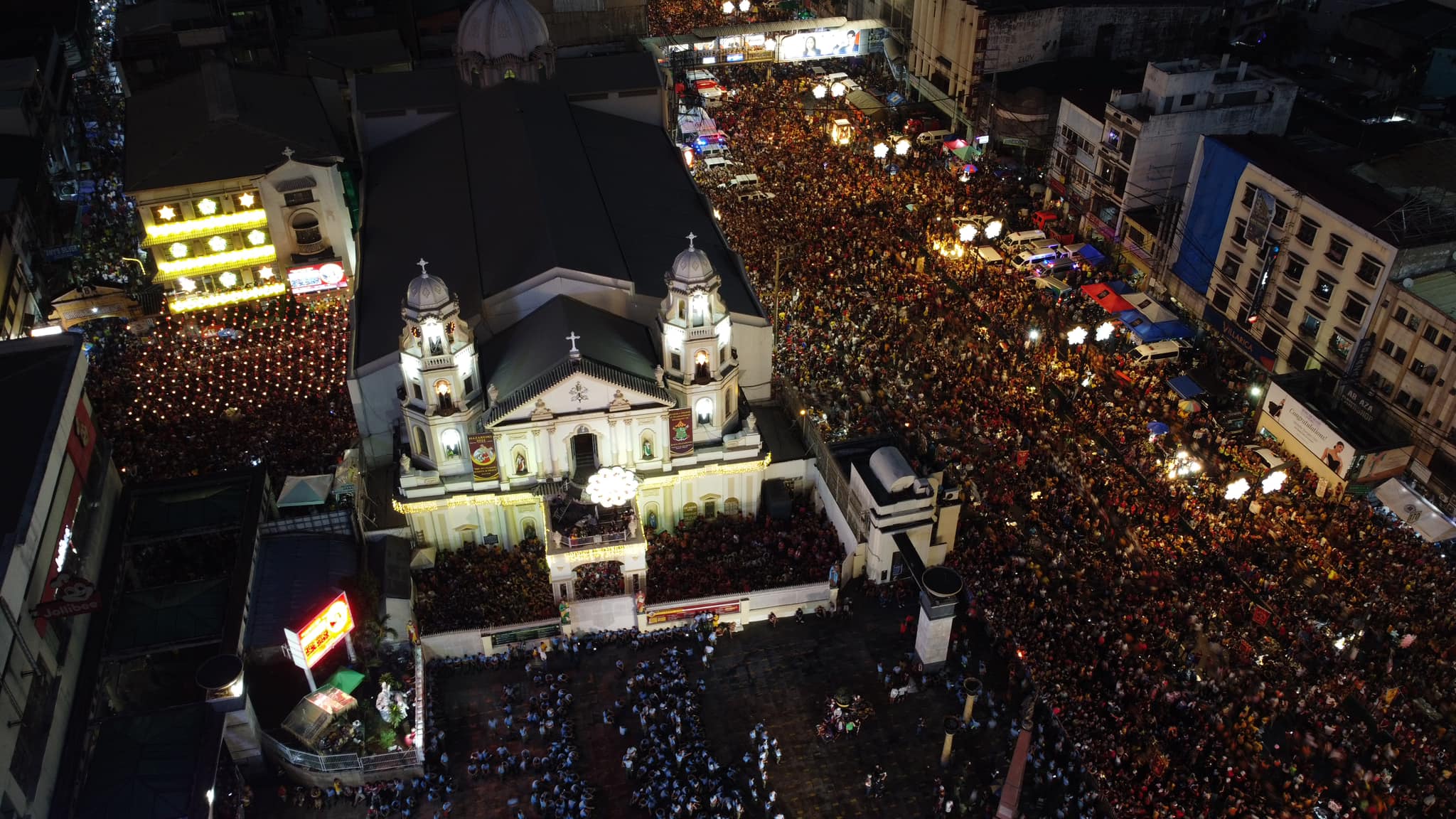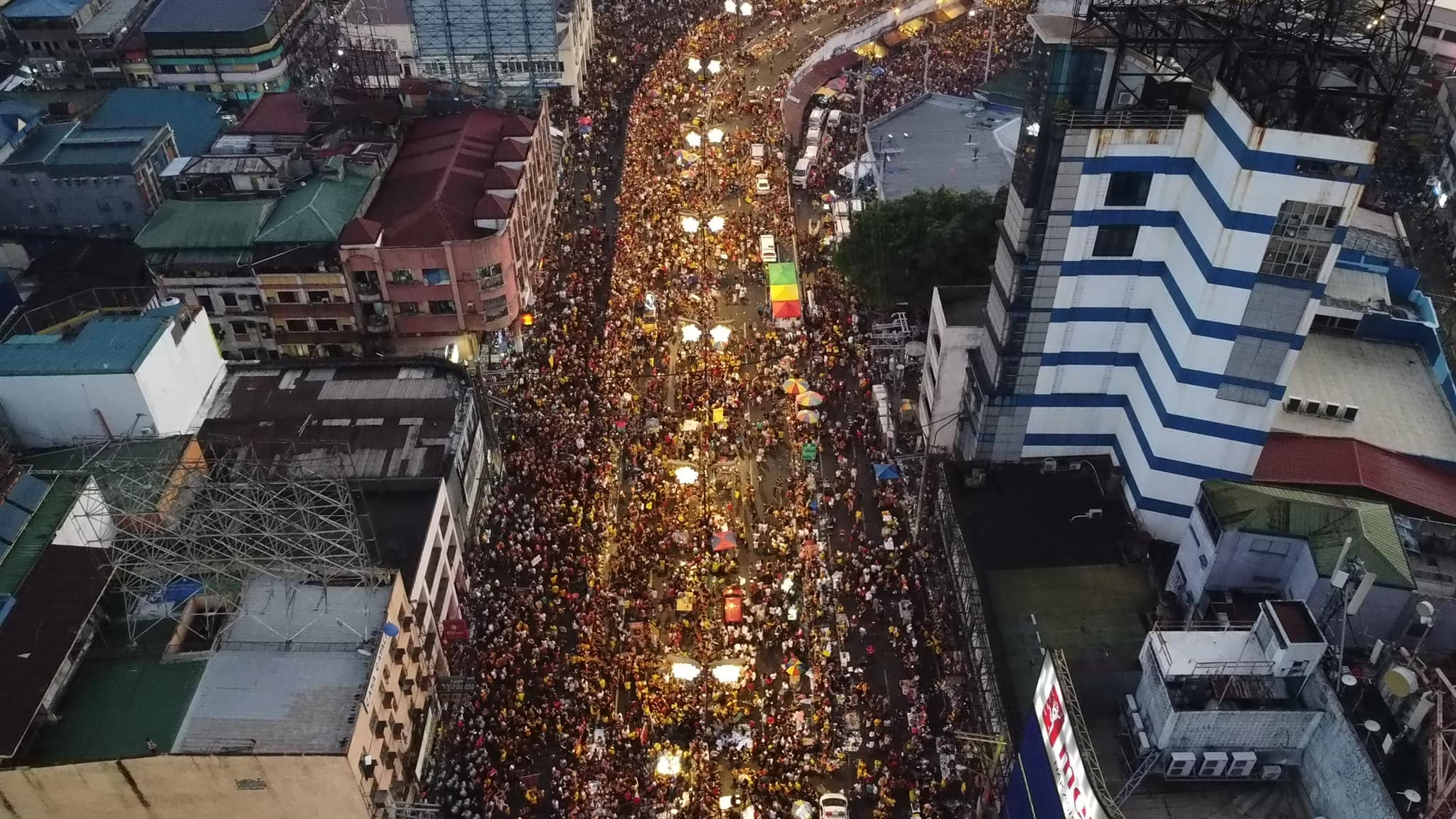The streets of Manila transformed into a sea of maroon and yellow as hundreds of thousands of Catholic devotees participated in a procession to honor the Black Nazarene. The 400-year-old tradition, venerating a black wooden statue of Jesus Christ believed to possess healing powers, drew immense crowds along the 6-kilometer route through the heart of the Philippine capital.
The Philippines National Police estimates exceeded 830,000 people in attendance, excluding those awaiting the procession further along its path. To maintain order, a substantial police presence was deployed as barefoot devotees attempted to approach the carriage carrying the sacred statue depicting Jesus bearing a heavy cross.
The origin of the statue’s dark color remains unknown, though a Philippine priest, Msgr. Sabino Vengco, asserted that the mesquite wood from which it was carved contributes to its core darkness. Approximately 80% of the Philippines’ 110 million population identify as Roman Catholic, reflecting the country’s historical ties as a former Spanish colony.

During Tuesday’s festivities, Quiapo Church rector Fr. Jun Sescon expressed hope for the Vatican’s approval to declare January 9th a national feast in honor of the Black Nazarene. The proposal, previously approved by the Catholic Bishops Conference of the Philippines (CBCP), awaits Vatican confirmation.
The annual feast, known as “Traslacion,” draws millions of devotees and pilgrims in Manila, with similar celebrations taking place across the country.
In July 2023, the CBCP granted national shrine status to Quiapo Church, formalizing the recognition of its cultural, historical, and religious significance. The church is set to be officially declared a national shrine on January 29.

As of noon on Tuesday, the Philippine National Police reported a relatively peaceful Traslacion, with no significant incidents recorded. Minor injuries, including cases of dizziness, scratches, sprains, abdominal pain, and hypertension, were attended to by the Department of Health.
Security measures, involving 18,000 personnel and 4,000 force multipliers, ensured the safety of the estimated 2.1 million attendees across Traslacion-related activities.




